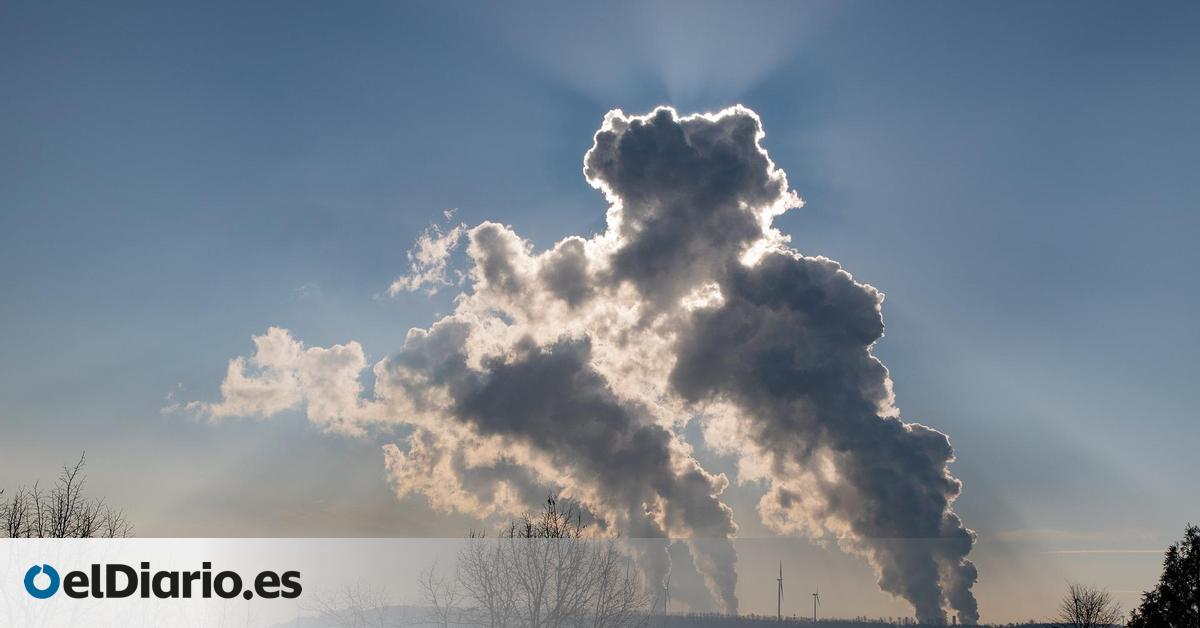
Rise of CO2 in the atmosphere. Human-caused gas emissions, forest fires and the depletion of ecosystems have meant that, by 2024, CO2 concentration will skyrocket more than ever. The global level has reached 423.9 parts per million (ppm), according to the latest calculation by the World Meteorological Organization. That leaves the safety threshold set at 350 ppm very far away.
So what has happened is “an unprecedented increase” estimated at 3.5 ppm in a rate “the largest since modern measurements began in 1957,” explains the WMO Bulletin. with that chute A historical maximum has been reached again, which means that “the planet’s temperatures will continue to climb for a longer time.”
The situation is becoming a vicious circle: continuous CO2 emissions from human activities continue to inject gases into the atmosphere. Last year an absolute record was set. At the same time, in 2024 there was a wave of large forest fires – favored by meteorological conditions – that released a “never seen” amount of gases. And, to top it off, the ocean and forests – which absorb half of that CO2 – show signs of being exhausted and have retained less. The less they stay, the more CO2 remains in the atmosphere and thickens the heat-accumulating crust.
And that extra heat does not come free: “It multiplies extreme weather events,” repeats the deputy secretary general of the WMO, Ko Barret. Spain can attest to this fatal relationship. “Reducing emissions is essential, not only for our climate, but also for the security of economies and the well-being of communities,” concludes Barret.
This concentration of CO2 in the atmosphere had never been seen in the history of humanity. “In fact, the last time there was this amount was about three million years ago when the global temperature of the planet was between 2.5ºC and 4ºC higher than before the industrial era and the sea level was at least 4.8 meters higher than today,” as described by the US Atmospheric Agency.
And a large part of that CO2 has been pumped out in a very short time. A third of that unprecedented CO2 total in human history has been added in just 80 years – since measurements began at the Mauna Loa observatory (Hawaii), which is now in danger due to scientific cuts promoted by Donald Trump.
Last year it was found that the ocean, forests or peatlands could not trap as many gases as they had been doing until now, which indicates that their function as a sink (relief) when it comes to subtracting CO2 is being exhausted. The extraordinary heat experienced in 2024 due to the sum of the greenhouse effect of gases and the El Niño phenomenon made things more difficult for the planet (the higher the temperature, the sea water, for example, absorbs less CO2.
“There is concern that terrestrial and oceanic CO2 sinks are becoming less and less effective, given that this will increase the amount of CO2 that remains in the atmosphere and accelerate global warming, analyzes the Organization’s chief scientist, Oksana Tarasova. “Monitoring greenhouse gases is essential to understanding these feedbacks.”
Source: www.eldiario.es

